Table of Contents
Are you a coffee enthusiast looking for an adventure? Look no further than Costa Rica, the land of coffee. With its rich volcanic soil and ideal growing conditions, Costa Rica produces some of the world’s best coffee. Coffee tours in Costa Rica offer an opportunity to explore the history, production, and taste of this beloved beverage.
On a coffee tour, you’ll get an up-close look at the journey of a coffee bean, from farm to cup. You’ll learn about the different regions of Costa Rica that produce coffee, each with its unique flavor profile. You’ll also discover the fascinating history of coffee in Costa Rica, dating back to the 1700s. And of course, you’ll get to taste the coffee yourself, experiencing the unique aroma and flavor that Costa Rican coffee is known for.
Key Takeaways
- Costa Rica is a coffee lover’s paradise, with ideal growing conditions and a rich history of coffee production.
- Coffee tours in Costa Rica offer a chance to explore the journey of a coffee bean, from farm to cup, and learn about the different regions and flavors of Costa Rican coffee.
- You’ll get to taste the unique aroma and flavor of Costa Rican coffee on a coffee tour, and bring home delicious souvenirs to enjoy long after your trip is over.
Exploring the Aroma: Costa Rican Coffee History
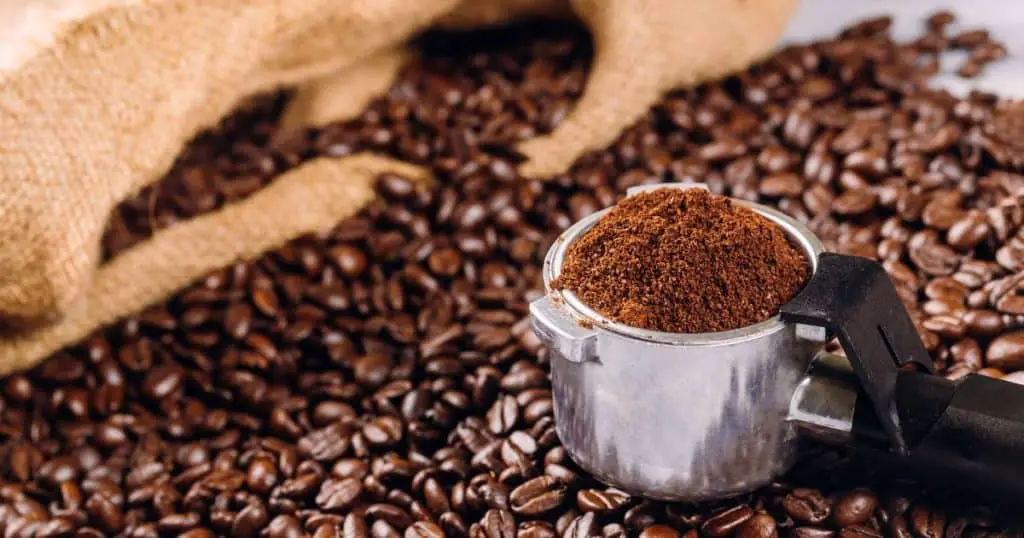
Are you a coffee lover? Do you want to know more about the history of coffee in Costa Rica? Then, you have come to the right place! Costa Rica is known for producing some of the world’s finest coffee. The country’s unique geography, climate, and soil conditions make it an ideal place to grow coffee beans.
The coffee industry has played a significant role in the country’s economy since the late 1700s. The first coffee plant was introduced in Costa Rica’s Central Valley region, where the growing conditions were just right. The rich soil, high altitude, and cooler temperatures provide the perfect environment for growing coffee beans.
Over the years, Costa Rican coffee has gained a reputation for its quality, flavor, and aroma. The country’s coffee is known for its mild taste, which is due to the wet processing method used to produce it. This method involves removing the outer layers of the coffee cherry before drying the beans.
Costa Rican coffee is also known for its sustainability. The country’s coffee farmers are committed to growing coffee in an environmentally friendly way. Many coffee farms in Costa Rica are organic and use sustainable farming practices.
If you’re interested in learning more about Costa Rican coffee, there are plenty of coffee tours available. These tours provide a unique opportunity to explore the history and culture of coffee in Costa Rica. You can visit coffee farms, see the coffee production process in action, and taste some of the country’s best coffee.
Some of the best coffee tours in Costa Rica include the Tío Leo Coffee Tour, Naturalba Coffee Tour, and Santa María de Dota Coffee Plantation Tour. Each tour offers a unique experience and provides insight into the country’s coffee industry.
Overall, exploring the history of Costa Rican coffee is a fascinating experience. From the country’s unique growing conditions to its commitment to sustainability, Costa Rican coffee is truly one of a kind. So, if you’re a coffee lover looking for a new adventure, be sure to check out one of the many coffee tours available in Costa Rica!
The Coffee Belt: Regions of Costa Rica
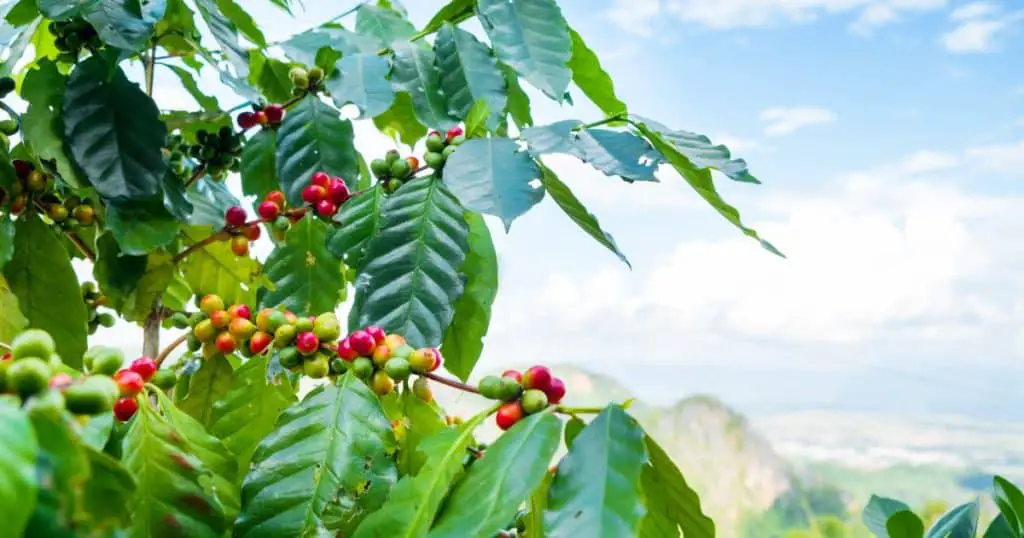
Welcome to the land of coffee! Costa Rica is a coffee lover’s paradise, with an abundance of coffee plantations and tours to choose from. As you explore the lush green landscapes and mountainous regions of Costa Rica, you’ll discover the unique flavors and aromas of the country’s coffee beans.
The coffee belt of Costa Rica stretches from the Central Valley to the Guanacaste region, covering over 20,000 hectares of land. This area is known for its ideal climate and soil conditions, which are perfect for growing high-quality coffee beans.
Let’s take a closer look at the different regions of the coffee belt and what they have to offer:
Central Valley
The Central Valley is the heart of Costa Rica’s coffee industry, and it’s where most of the country’s coffee is produced. This region is home to some of the oldest and most established coffee plantations in the country, including the famous Tarrazu region.
When you visit the Central Valley, you’ll have the opportunity to tour some of these historic coffee plantations and learn about the coffee-making process from start to finish. You’ll also get to taste some of the best coffee in the world and experience the unique flavors and aromas of Costa Rican coffee.
Guanacaste
The Guanacaste region is located in the northwest corner of Costa Rica, and it’s known for its beautiful beaches and tropical climate. While this region isn’t as well-known for its coffee production, there are still some excellent coffee plantations and tours to explore.
One of the most popular coffee tours in Guanacaste is the Tio Leo Coffee Tour, which is located just minutes away from the Daniel Oduber Quiros International Airport. This tour takes you through the entire coffee-making process, from picking the beans to roasting and packaging.
Southern Region
The Southern Region of Costa Rica is home to some of the country’s most beautiful landscapes, including the Osa Peninsula and the Corcovado National Park. This region is also known for its coffee production, with several coffee plantations and tours to choose from.
One of the best coffee tours in the Southern Region is the Santa Maria de Dota Coffee Plantation tour. This full-day tour takes you on an adventure through the mountains of Tarrazu, where you’ll get to see the coffee plants up close and learn about the history and culture of coffee in Costa Rica.
Whether you’re a coffee connoisseur or just looking for a fun and educational tour, the coffee belt of Costa Rica has something for everyone. So grab a cup of coffee and get ready to explore the flavors and aromas of this beautiful country!
Journey of a Bean: Coffee Production Process
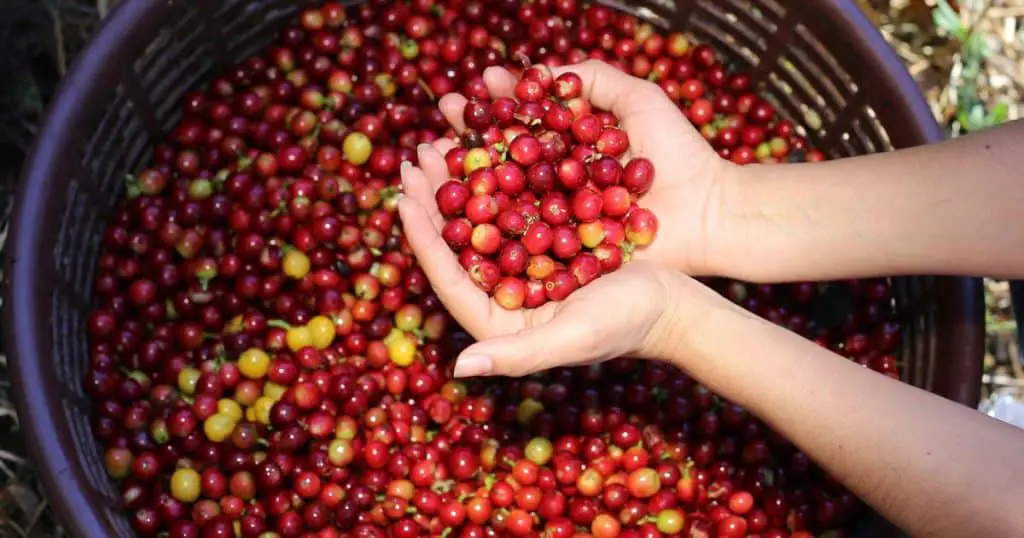
Are you a coffee lover looking for a unique and immersive experience? Look no further than Costa Rica’s coffee tours! You’ll get to witness firsthand the journey of a coffee bean from seed to cup. The process is fascinating and complex, and you’ll leave with a newfound appreciation for your daily cup of joe.
From Seed to Cup
The journey of a coffee bean begins with the planting of a seed. The seed is first grown in a nursery before being transplanted to the fields. It takes about three to four years for the coffee plant to mature and produce fruit. Once the plant is ready, it will produce small, white flowers that will eventually turn into coffee cherries.
The cherries are harvested by hand, which is a labor-intensive process. The cherries are then sorted and processed to remove the outer layers, leaving only the coffee beans. The beans are then left to dry in the sun or in a drying machine.
Harvesting and Processing
Harvesting and processing are crucial steps in the coffee production process. The cherries must be picked at the right time to ensure the best flavor. The processing method used will also affect the taste of the coffee. There are two main processing methods: the dry method and the wet method.
The dry method involves leaving the cherries to dry in the sun for several weeks. Once they are dry, the outer layers are removed, and the beans are sorted and graded. The wet method involves washing the cherries to remove the outer layers before drying them. This method produces a cleaner and brighter flavor.
Roasting and Packaging
Roasting is the final step in the coffee production process. The beans are roasted to bring out their flavor and aroma. The length of the roasting process will affect the flavor of the coffee. Light roasts have a milder flavor, while dark roasts have a stronger and more robust flavor.
Once the beans are roasted, they are packaged and ready to be sold. Coffee packaging is an art form, with many companies using unique and eye-catching designs to stand out on store shelves.
In conclusion, the journey of a coffee bean from seed to cup is a fascinating and complex process. Costa Rica’s coffee tours offer a unique and immersive experience that will leave you with a newfound appreciation for your daily cup of coffee.
Top Coffee Tours in Costa Rica
Are you a coffee lover looking to explore the rich history and culture of coffee in Costa Rica? Look no further! Costa Rica is known for its high-quality coffee, and there are plenty of coffee tours available to take you through the process of growing, harvesting, and roasting this delicious beverage. In this article, we will explore the top coffee tours in Costa Rica that are sure to satisfy your caffeine cravings.
Doka Estate Coffee Tour
The Doka Estate Coffee Tour is perfect for those looking for an in-depth experience of the coffee-making process. This tour takes you through the entire coffee production process, from the seedling nursery to the roasting process. You’ll get to taste various types of coffee and learn about the different blends and roasts. This tour also includes a visit to the butterfly garden and a delicious breakfast.
Cafe Britt Coffee Tour
The Cafe Britt Coffee Tour is a great option for those looking for a more interactive experience. This tour takes you through the coffee-making process, from the coffee fields to the roasting process. You’ll get to taste different types of coffee and learn about the different blends and roasts. This tour also includes a chocolate-making demonstration and a visit to the coffee shop.
Finca Rosa Blanca Coffee Plantation Tour
The Finca Rosa Blanca Coffee Plantation Tour is perfect for those looking for an eco-friendly and sustainable coffee tour. This tour takes you through the coffee-making process, from the coffee fields to the roasting process. You’ll learn about the organic and sustainable practices used on the plantation and get to taste different types of coffee. This tour also includes a visit to the coffee shop and a delicious lunch.
In conclusion, Costa Rica is a coffee lover’s paradise, and these top coffee tours are sure to satisfy your caffeine cravings. Whether you’re looking for an in-depth experience or a more interactive one, there’s a coffee tour for everyone. So, pack your bags and get ready to explore the rich history and culture of coffee in Costa Rica!
Are you a coffee lover looking for a unique and exciting adventure? Look no further than Costa Rica, where you can experience some of the world’s best coffee on a coffee tour. From the lush green hills of Monteverde to the volcanic slopes of Arenal, Costa Rica offers a variety of coffee tours that will delight your senses and leave you with a newfound appreciation for this beloved beverage.
Before embarking on your coffee tour, it’s important to plan ahead and prepare for your trip. Here are some practical tips to help you make the most of your Costa Rican coffee adventure.
Planning Your Coffee Tour: Practical Information
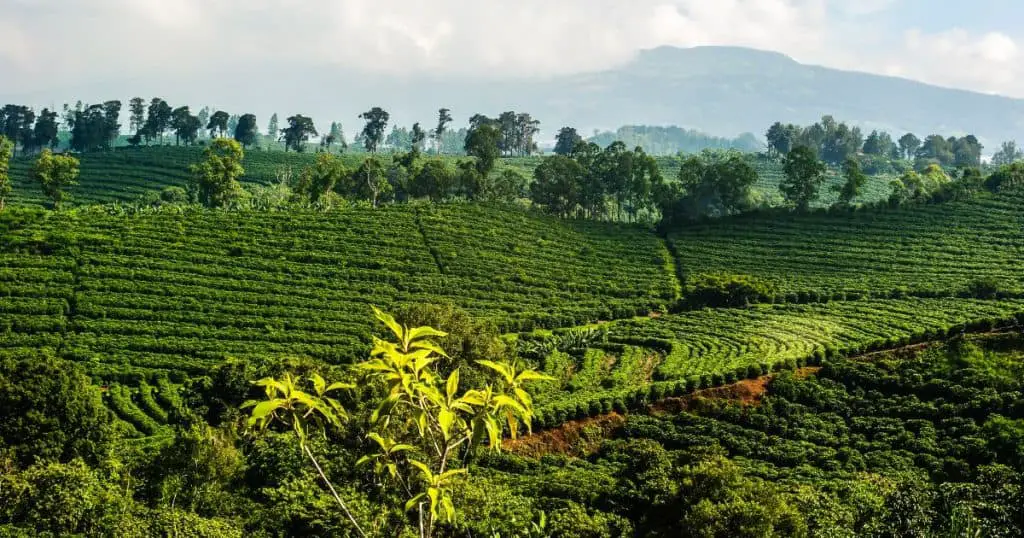
Best Time to Visit
The best time to visit Costa Rica for a coffee tour is during the dry season, which runs from December to April. During this time, the weather is sunny and dry, making it the perfect time to explore the coffee plantations and enjoy the beautiful scenery.
What to Wear
When planning your coffee tour, it’s important to dress appropriately for the weather and terrain. Be sure to wear comfortable, lightweight clothing and sturdy shoes, as you may be walking on uneven terrain. It’s also a good idea to bring a hat, sunglasses, and sunscreen to protect yourself from the sun.
Health and Safety Tips
Costa Rica is a safe and welcoming country, but it’s always important to take precautions when traveling. Be sure to drink bottled water and avoid tap water, which may contain bacteria that can cause illness. It’s also a good idea to bring insect repellent to protect yourself from mosquitoes and other pests.
In addition, it’s important to be aware of your surroundings and take precautions to protect your belongings. Keep your valuables in a safe place, such as a hotel safe, and be aware of your surroundings when walking in unfamiliar areas.
With these practical tips in mind, you’re ready to embark on a coffee tour in Costa Rica. Whether you’re a coffee connoisseur or just looking for a fun and unique adventure, a coffee tour in Costa Rica is sure to be an unforgettable experience.
Coffee Souvenirs: Bringing Costa Rica Home
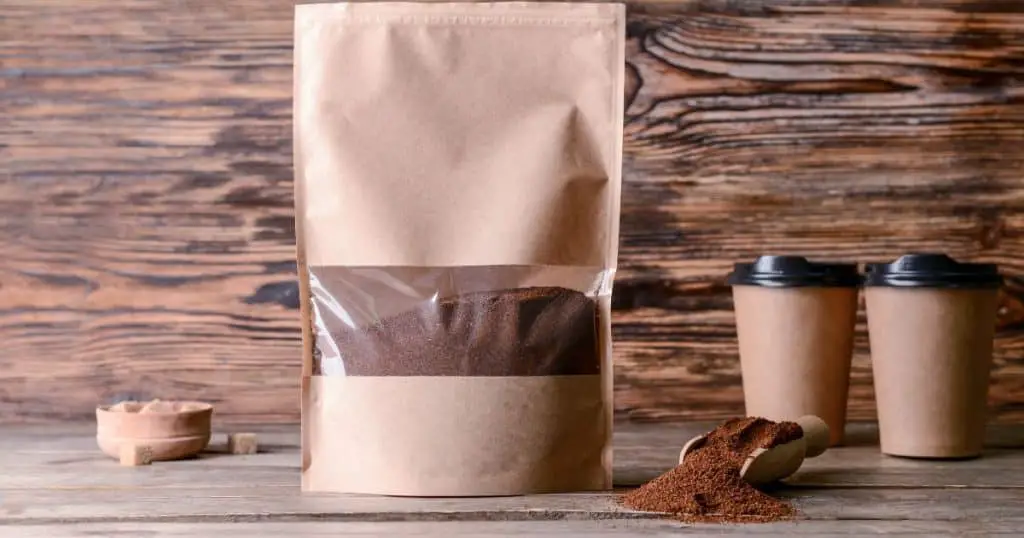
You’ve just returned from a fantastic coffee tour in Costa Rica, and you’re looking for a way to bring a piece of the experience home with you. Luckily, Costa Rican coffee makes for the perfect souvenir! Not only is it delicious, but it’s also a great way to remember your trip and share it with others.
When it comes to buying Costa Rican coffee, there are a few things to keep in mind. First, make sure to look for coffee that is labeled as “Café de Costa Rica.” This label ensures that the coffee is 100% Costa Rican and meets strict quality standards. You can find this label on bags of coffee at most supermarkets and souvenir shops.
Another thing to consider is the roast level. Costa Rican coffee is typically roasted to a medium level, which brings out the coffee’s natural sweetness and acidity. However, if you prefer a darker roast, you can find that too. Just make sure to read the label carefully to ensure that you’re getting the roast level you want.
If you’re not sure which coffee to buy, consider trying a few different brands. Some of the most popular brands of Costa Rican coffee include 1820 and Britt. These brands are widely available and make great gifts. Plus, they’re affordable, with prices ranging from $4 to $11 per bag.
In addition to coffee, you can also find other coffee-related souvenirs in Costa Rica. For example, you can buy coffee mugs, t-shirts, and even coffee-scented candles. These items make for great gifts or reminders of your trip.
Overall, bringing home a bag of Costa Rican coffee is the perfect way to remember your coffee tour and share your experience with others. So next time you’re in Costa Rica, make sure to pick up a bag of Café de Costa Rica and enjoy a taste of this beautiful country whenever you want!
FAQs
If you’re planning a trip to Costa Rica, you’ll definitely want to check out the coffee tours. Whether you’re a coffee lover or just curious about the process, these tours offer a unique and immersive experience. Here are some frequently asked questions to help you plan your trip.
What are the best coffee tours in Costa Rica?
Costa Rica is known for its high-quality coffee, so there are plenty of great coffee tours to choose from. Some of the most popular tours include the Doka Estate Coffee Tour, the Britt Coffee Tour, and the Café Monteverde Coffee Tour. Each tour offers a unique experience, so be sure to do your research and find one that suits your interests.
Where can I find a chocolate tour near San Juan?
If you’re a chocolate lover, you won’t want to miss the chance to take a chocolate tour in Costa Rica. There are several chocolate tours available near San Juan, including the Rainforest Chocolate Tour and the Tirimbina Chocolate Tour. These tours offer a hands-on experience where you can learn about the chocolate-making process and even taste some delicious samples.
Are there any coffee tours in Monteverde?
Yes, there are several coffee tours available in Monteverde. The Café Monteverde Coffee Tour is a popular choice, as it offers a behind-the-scenes look at the coffee-making process. You’ll get to see the coffee plants up close, learn about the harvesting process, and even roast your own coffee beans.
What is the process of making coffee in Costa Rica?
The process of making coffee in Costa Rica involves several steps, including planting, harvesting, processing, and roasting. Coffee plants are typically grown on small family farms, and the beans are harvested by hand. The beans are then processed to remove the outer layers, dried, and roasted to perfection.
What are the different types of coffee beans grown in Costa Rica?
Costa Rica is known for its high-quality Arabica coffee beans, which are grown in several regions throughout the country. Some of the most popular varieties include Tarrazu, Tres Rios, and Poas. Each variety has its own unique flavor profile, so be sure to try a few different types during your visit.
Can I taste different types of chocolate on a chocolate tour in Costa Rica?
Yes, most chocolate tours in Costa Rica offer the opportunity to taste different types of chocolate. You’ll get to sample everything from dark chocolate to milk chocolate, and even some unique flavors like chili or sea salt. It’s a delicious way to learn about the chocolate-making process and discover your new favorite treat.
Now that you have a better idea of what to expect on a coffee or chocolate tour in Costa Rica, it’s time to start planning your trip. Whether you’re a coffee lover or just looking for a fun and unique experience, these tours are sure to delight your taste buds and leave you with lasting memories.

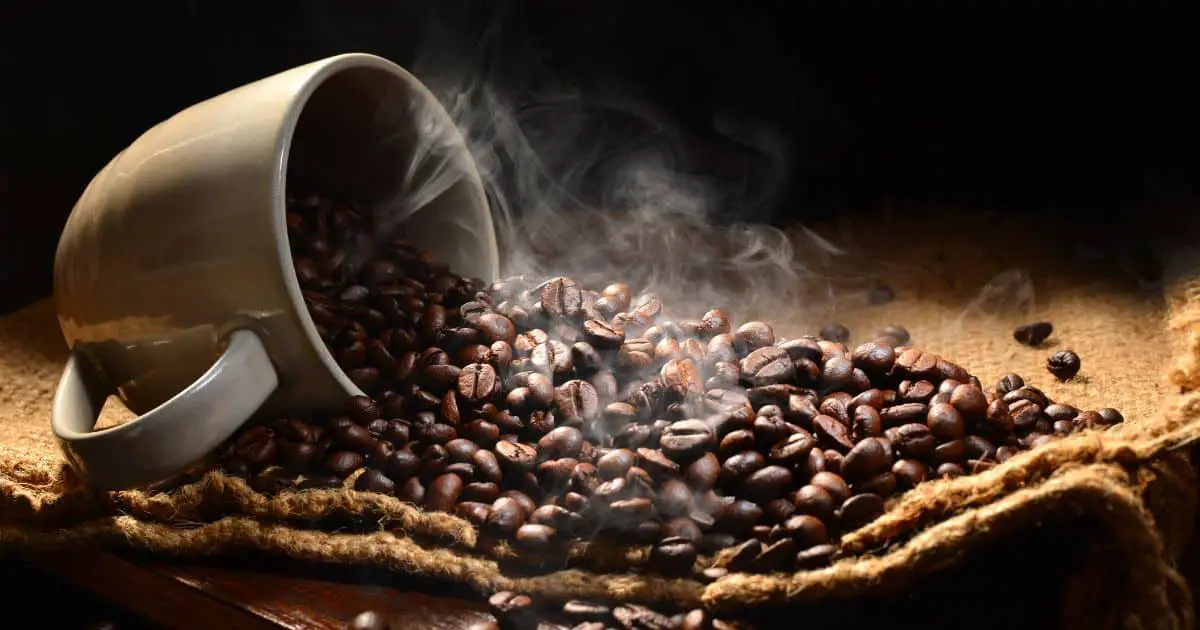


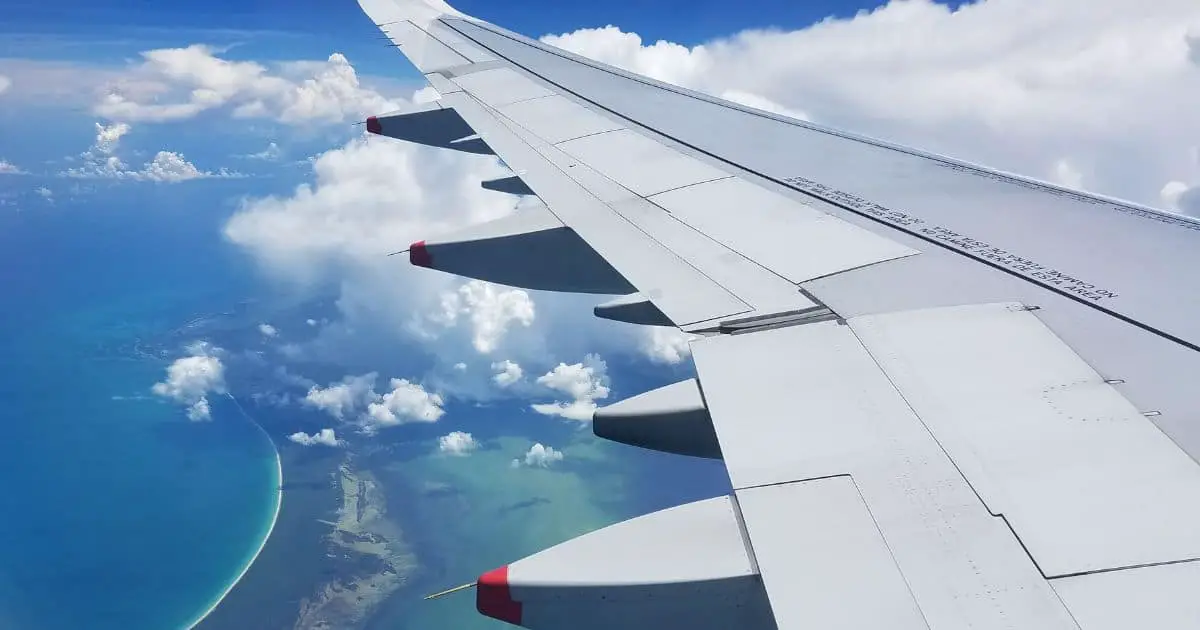

Leave a Reply